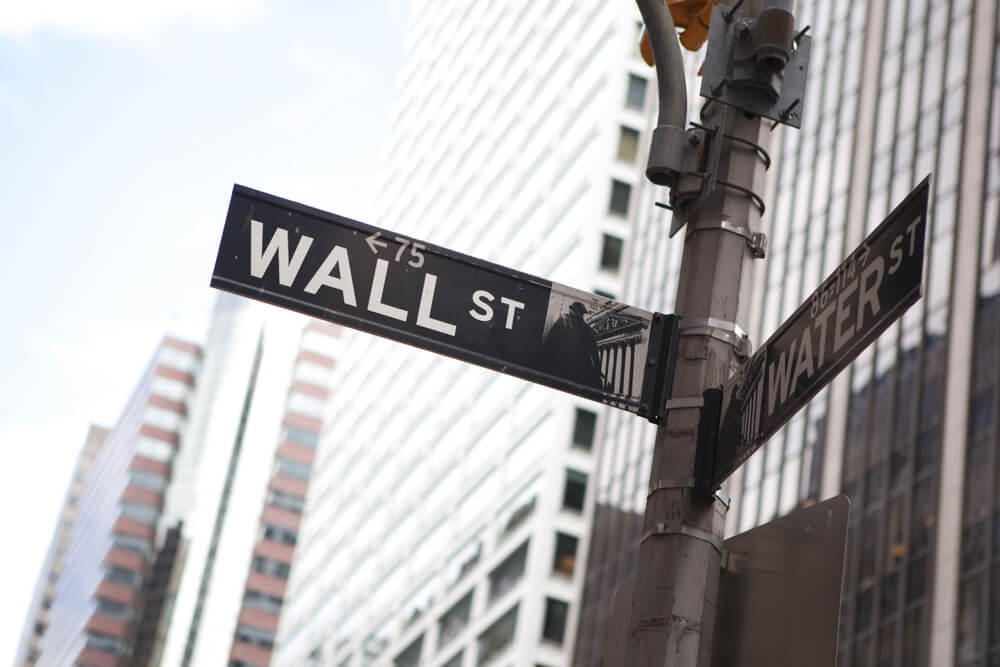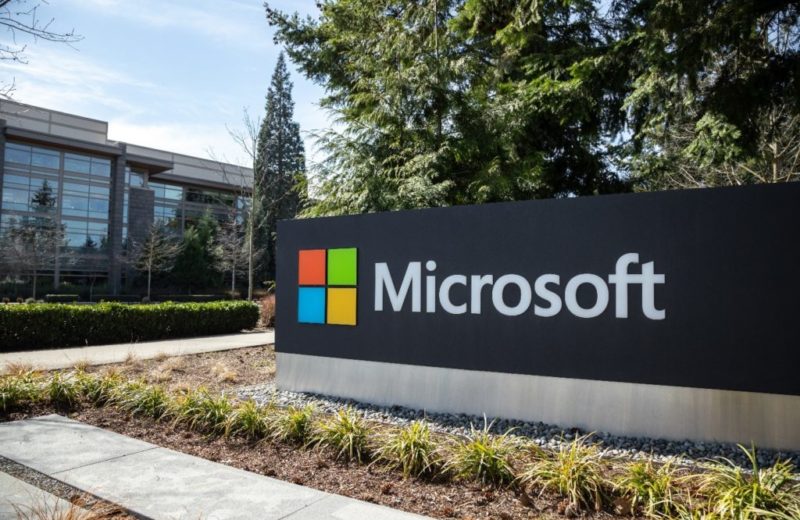A strong recovery by financials has helped Wall Street’s main indexes close positively on Thursday after some of the country’s money lenders rescued the crenelated First Republic Bank. Due to the collapse of the Silicon Valley Bank (SVB), 11 of the largest banks in the United States came together to instill $30 billion into the First Republic Bank. This step was taken to assure the world that the American financial system is safe and secure. Moreover, the technology sector’s contribution is helping the Nasdaq Composite to its strongest performance.
When the Republic’s stock dipped by 36% after the market opened, the grants immediately agreed to partake, leading to a commitment of up to $30 billion. The new funding aims to emanate a run on First Republic Bank and ensure that every depositor who wanted to withdraw their money could do that effortlessly. The First Republic Bank will also profit from paying the banks interest at the market rate.
The division of the shares on Wall Street is as follows:
- Morgan Stanley and JP Morgan shares were up by 1.89% and 1.94%, respectively
- The lifeline buoyed First Republic Bank gained 9.98%
- PacWest Bancorp and Alliance Bancorp are escalating by 0.7% and 14.09%, respectively
- The KBW regional banking index has secured 3.26%
- S&P 500 banking index is advancing by 2.16%
According to Janet Yellen, the U.S. Treasury Secretary, the US banking system is still stable, and people should know that their deposits are still intact when in need. The US-listed shares of Credit Suisse progressed after the Bank secured a $54 billion credit line from the Swiss National Bank to boost investor confidence and liquidity.
Advantages of The Distribution Made to The First Republic
- The Dow Jones Industrial Average has added 371.98 points to 32,246.55
- Nasdaq Composite has added 283.23 points to 11,717.28
- S&P 500 has earned 68.35 points to 3,960.28
Fed could raise rates further because the number of Americans filing for employment benefits declined more than required pointing to continued labor market strength.
Furthermore, according to a joint statement by the US Federal Reserve and Treasury Department, “the support by these banks show the resilience of banking systems.”
















